Durable Fabrics for Scratch-Resistant Upholstery
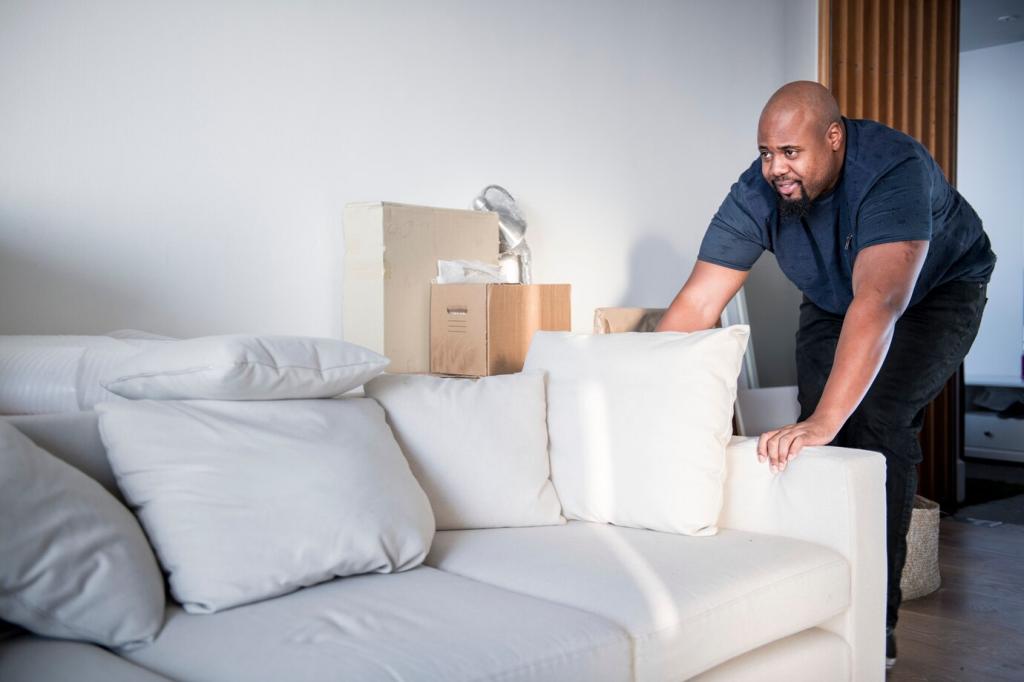
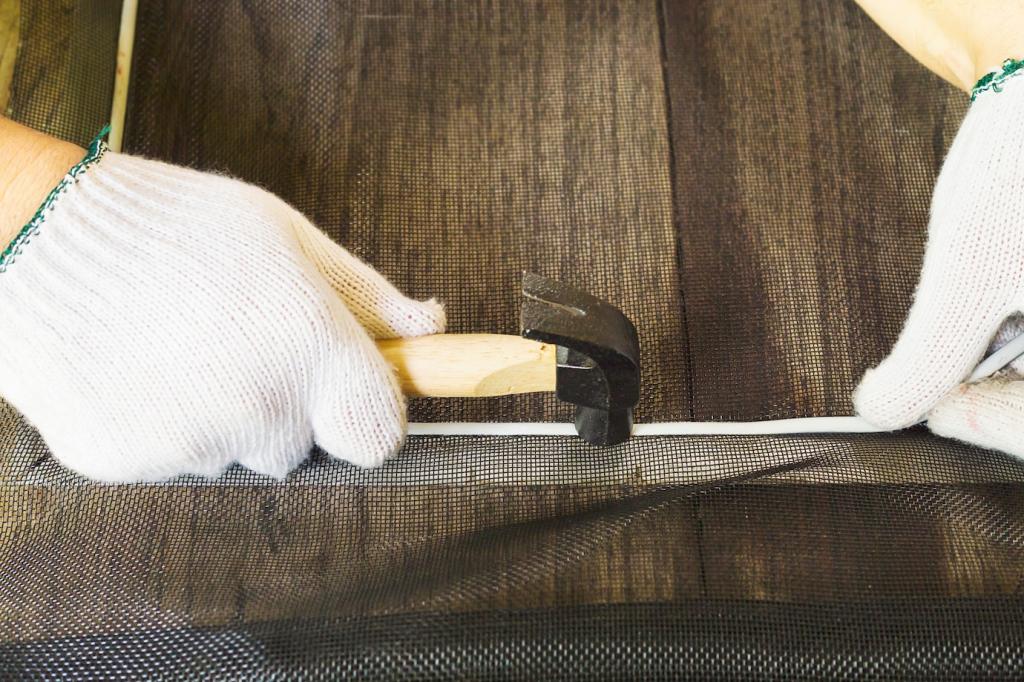
What Scratch Resistance Really Means
Abrasion measures fabric wear from repeated friction, while scratches are concentrated, sharp impacts from claws, buckles, or toys. A fabric can ace double-rub tests yet still show lines from a curious cat. Seek tight weaves and resilient finishes that disperse pressure and hide micro-marks effectively over time.
What Scratch Resistance Really Means
High-tenacity polyester, nylon 6,6, and solution-dyed acrylic resist snagging and surface breaks better than many naturals. Olefin (polypropylene) excels at strength and stain resistance, making it a standout performer. Blends that pair synthetic durability with soft hand-feel balance comfort and toughness for busy, pet-loving households.
Top Fabric Contenders for Scratch Resistance
Microfiber (Microsuede) Workhorse
With ultra-fine fibers packed densely, microfiber resists snagging and hides light marks remarkably well. It also cleans easily and feels cozy without trapping claws. Look for performance microfibers with additional protective finishes for even better resistance against scuffs, oils, and muddy paw prints.
Solution-Dyed Acrylic for Indoors
Known from outdoor lines, solution-dyed acrylic now shines indoors with soft, residential weaves. Color is embedded in the fiber, improving fade resistance and often surface durability. Choose interior-specific constructions that balance a refined hand with the same rugged resilience families rely on outdoors.
High-Performance Polyester and Olefin Blends
Engineered performance fabrics combine strong fibers with stain-repellent finishes, creating resilient, family-friendly sofas. Olefin excels at strength and moisture resistance; polyester lends shape retention. Together, they form an upholstery shield that shrugs off daily bumps, scratches, and accidental scrapes brilliantly well.
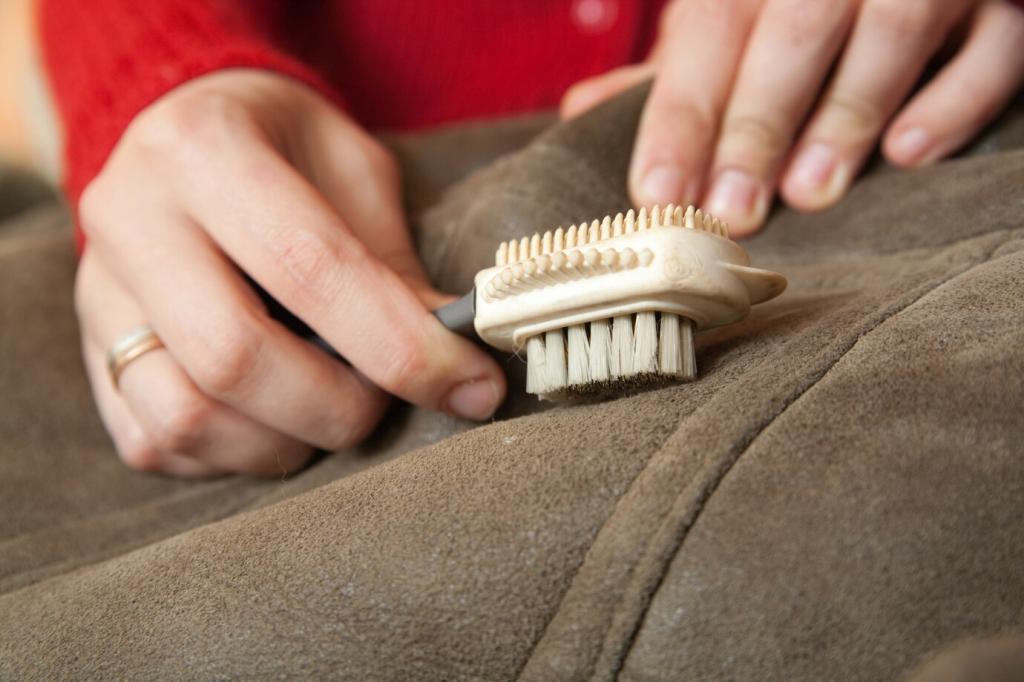
Willow the Cat vs. the New Sectional
When Priya brought home a microfiber sectional, she worried about Willow’s acrobatic launches. Weeks later, they noticed faint lines that brushed out with a cloth and disappeared. The tight, dense surface kept snags at bay, while a light pattern cleverly masked everyday marks from playful paws.
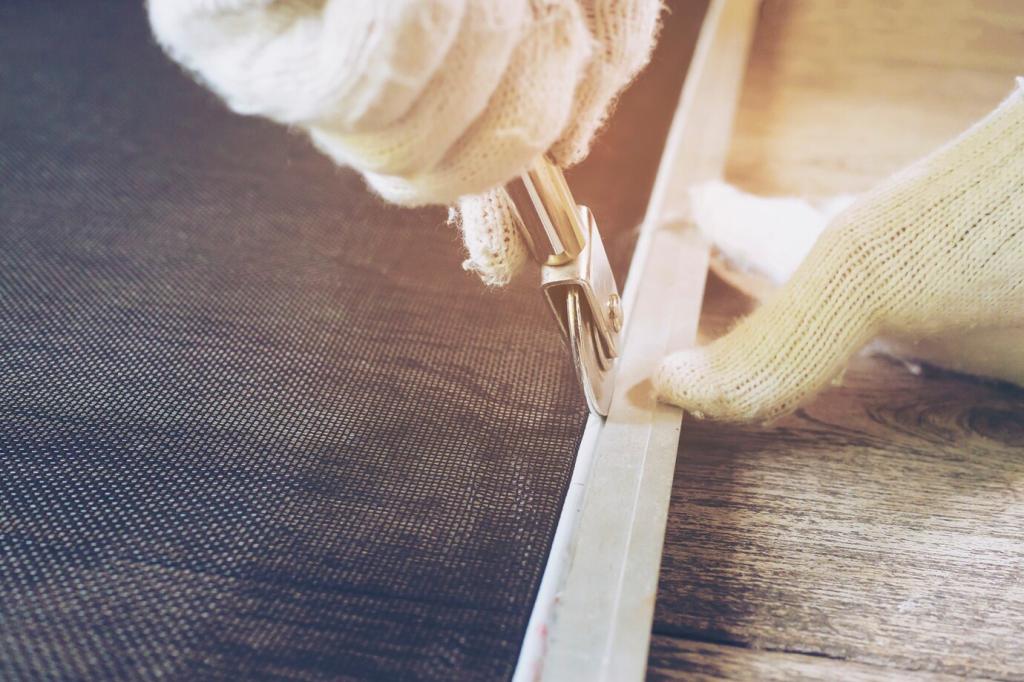
The Toddler Truck Trial
Mason’s favorite metal dump truck met the armrest with enthusiasm—often. A performance polyester-olefin blend took the knocks without fraying or visible scratches. A semi-matte weave helped diffuse light, keeping scuffs less noticeable and saving countless apologies to weekend guests and grandparents alike.
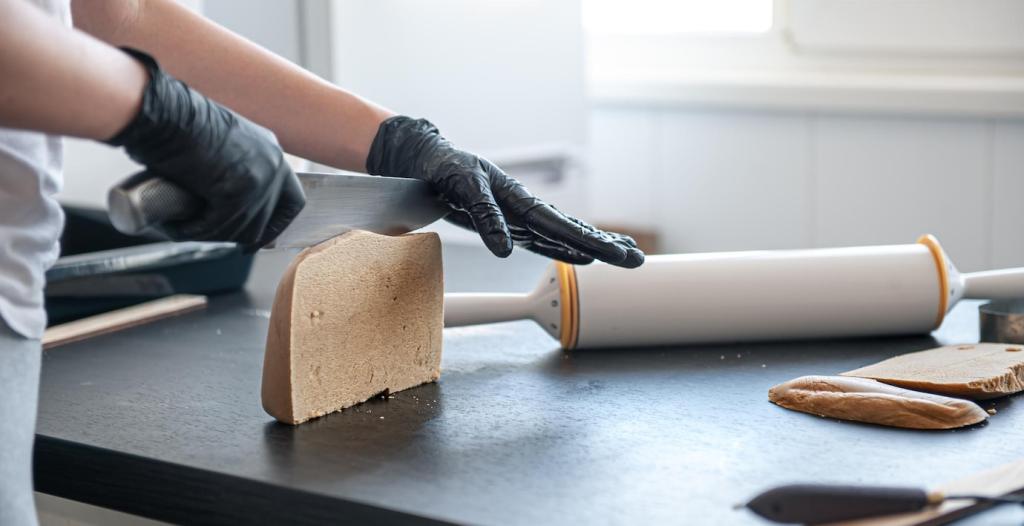
The Keychain Drop Test
Jules routinely tosses keys onto the accent chair after long shifts. On a solution-dyed acrylic fabric, micro-marks wiped away with mild soap and water. The finish acted like a clear shield, protecting fibers from sharp edges while preserving the chair’s welcoming, linen-like texture and color.
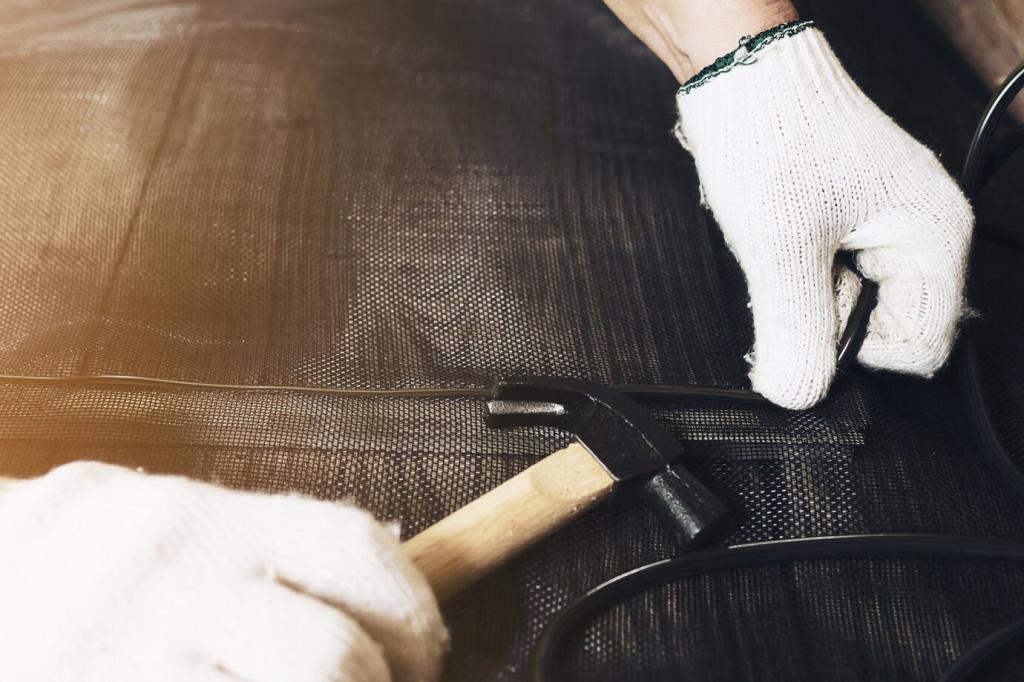
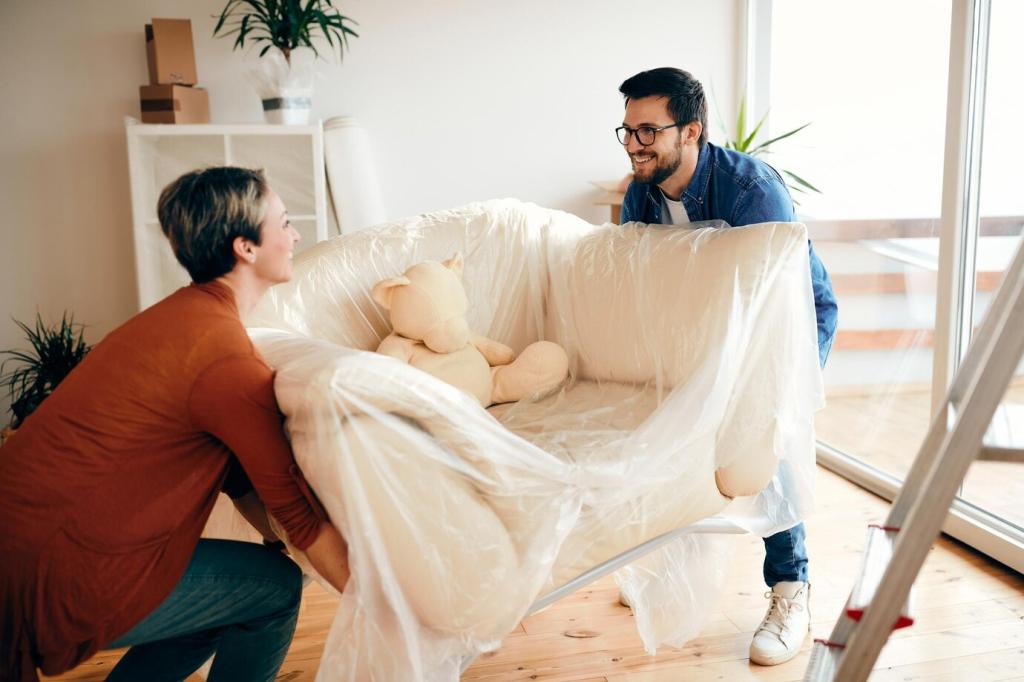
Care That Strengthens Longevity
Vacuum with a soft brush to lift grit that can act like sandpaper. A quick once-over prevents micro-abrasions and keeps fibers springy. Gently brush nap fabrics to refresh the surface, and rotate cushions to distribute wear evenly across contact points throughout the piece.
Care That Strengthens Longevity
Blot, never rub. Use mild soap and cool water for most performance textiles; check the cleaning code for specifics. Rubbing can create shine spots or push particles deeper. Patience pays off, and a clean microfiber cloth is your best friend for maintaining a smooth, even surface.
Design Without Compromise
Mid-tones and heathered hues conceal small scuffs better than solid, very dark, or very light shades. Micro-patterns, slubs, and woven texture break up light, making marks harder to spot. Choose practical palettes that still excite your eye and complement the room’s natural light.
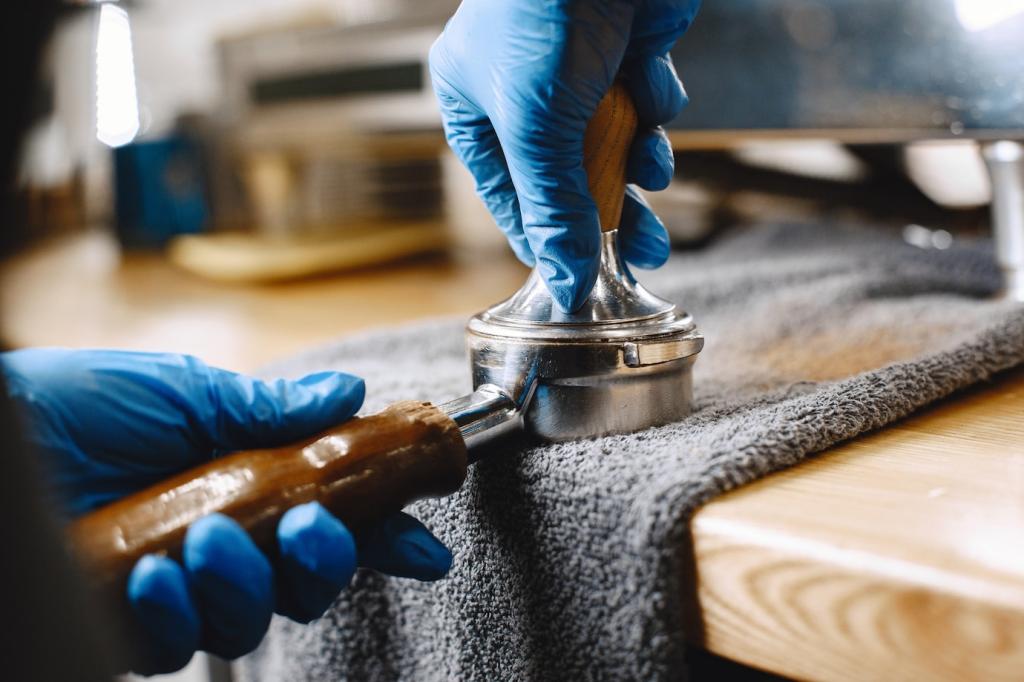
Your Showroom Survival Guide
Carry a dull key or a wooden craft stick and lightly brush across a swatch in multiple directions. Look for fibers that rebound rather than fuzz. If a mark appears, see whether it lifts with a gentle wipe, indicating surface disturbance rather than permanent damage.
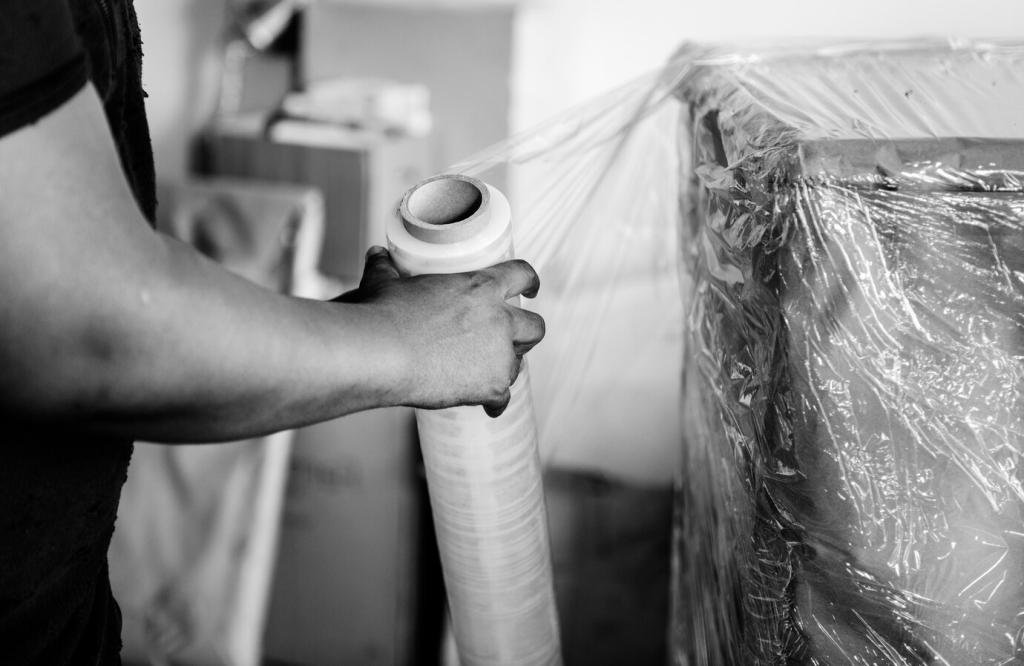
DIY and Upcycling for Tougher Upholstery
Tools and Materials
Choose a performance microfiber or polyester-olefin blend, heavy-duty thread, and upholstery-grade needles. Keep a stapler, webbing, and new cushion foam ready. A seam roller and edge tape help protect stress points that often become scratch-prone under daily use and lively households.
Seams Built to Last
Double-stitch high-stress areas, add twill tape along edges, and secure corners with careful folding that reduces exposed loops. Reinforced seams prevent early fraying and keep claws from finding leverage. The result is cleaner silhouettes and upholstery that resists surface damage gracefully.
Finishing Touches and Care
Steam lightly to relax wrinkles, then brush nap fabrics for a uniform finish. Consider washable cushion covers where possible. Share your before-and-after pictures and tell us which fabric fought scratches best—your experience helps other readers make confident, durable choices.
